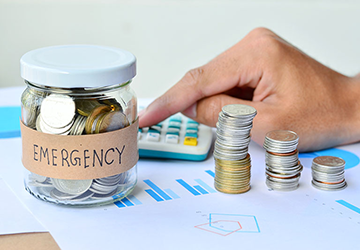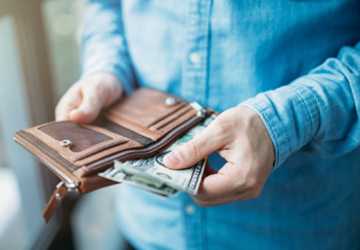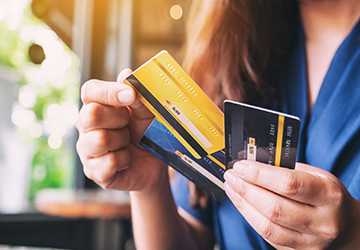Are you worried about what to do if you have an unexpected expense today? Many of us live paycheck to paycheck and don't have savings to cover life's financial surprises.
What if your car breaks down or your refrigerator breaks? How will you pay for an emergency room visit if a medical emergency occurs? Most people in this situation must take on high-interest debt or abandon long-term investments early.
But what if you already have an emergency fund to weather these storms? Saving as little as $500 to $1,000 can prevent the most common crises from turning into full-blown disasters.
In this blog post, we'll explore five strategies for quickly building an emergency cash reserve so you can respond with confidence to any problem that comes your way. Saving money may seem complicated, but small actions can quickly add up with these clever ways!

5 Strategies to Build an Emergency Fund Quickly
Your emergency fund should be a top priority, but how do you build one, especially when money is already tight?
Here are five strategies to help you save for an emergency fund more easily:
1. 52 Week Money Challenge
The 52 Week Money Challenge makes saving easy by depositing small amounts each week and growing them over time.
● Start by depositing $1 during the first week. Week 2 Save $2. Week 3, save $3. Increase your savings by one dollar every week throughout the year.
● Before you know it, you'll have $1,378 in your account in 12 months!
Try this simple plan to put your emergency fund on autopilot. Get started today and see how even a small amount can bring inner peace.
2. Use your tax refund
When tax refund season begins, most people waste money on fun purchases. But what if you require this exam in part or whole to activate an emergency?
● Setting aside even $300 to $500 from your refund can quickly add to your savings.
● Set up direct deposit with the IRS to automatically transfer refund funds to your emergency fund account.
Developing this money-saving habit will set you up for success next tax season!
3. Apply for unexpected windfalls
Think of every windfall as an opportunity to grow your cash reserves rather than spend them.
● Birthday or holiday cash gifts, work bonuses, rebate checks, credit card rewards and income tax refunds are great fuel for your burgeoning emergency account.
● Even $20 or $50 bonuses can be transferred before you get used to having them in your wallet.
Let luck serve as a kick-start so you can focus on consistency with other savings strategies.
4. Save some spare money
Who doesn't love a good "change" jar? Well, today, you can digitize this idea with cost-saving applications.
● Acorns, Digit and Chime automatically "round" debit card transactions to the nearest dollar and deposit the digital change into your designated account.
● Instead of throwing actual coins into a real jar, tiny digital savings work for you behind the scenes.
Set it and forget it! Annoyingly small sums can add up to surprisingly decent sums over time.

5. Check your monthly bills
Take an hour or two to check your bank account for your regular monthly expenses. You may find "hidden money" to transfer into emergency savings.
● Look for wasted monthly services that can be eliminated, fees that can be reduced or negotiated, or interest rates that can be lowered by calling the company directly.
● Reduce your internet speed, compare shops for cheaper cell phone plans, and switch car insurance companies for better discounts.
● Freeing up $10 or $20 each month will go a long way toward building a fully funded emergency account later.
Try one or more of these productive strategies this month! Saving money doesn't have to be painful. Small, consistent actions produce meaningful results over time.
Give yourself peace of mind knowing you have a financial safety net to cover whatever surprises life throws at you next.
Diploma
Building an emergency fund allows you to cope with life's unexpected financial challenges without debt or dipping into long-term savings.
At least $500 to $1,000 can prevent emergencies from becoming severe distress or disaster. Use the five practical strategies in this article to automate your savings, find "hidden money," and accelerate your fund's growth.
The security and confidence an emergency fund provides is worth the effort!
Frequently Asked Questions
Q: What is the ideal target savings for an emergency fund?
Answer. Financial experts recommend saving 3 to 6 months of necessary living expenses while unemployed. Aim for $500-$1,000 as a starting emergency fund to care for minor issues until you reach your 3-6 month goal.
Q: How should I secure and store my emergency fund?
Answer. Keep your money in a separate high-yield savings account to earn interest, but still keep it accessible and not tied to investments. Online banks often offer some of the best rates with no minimums or fees.
Q: Are my regular savings part of my emergency fund?
Answer. No, separating emergency savings from other goals, such as retirement, education, travel, etc, makes sense. This ensures that it remains intact only in true emergencies. If you use it for other purposes, you may risk needing more funds.




